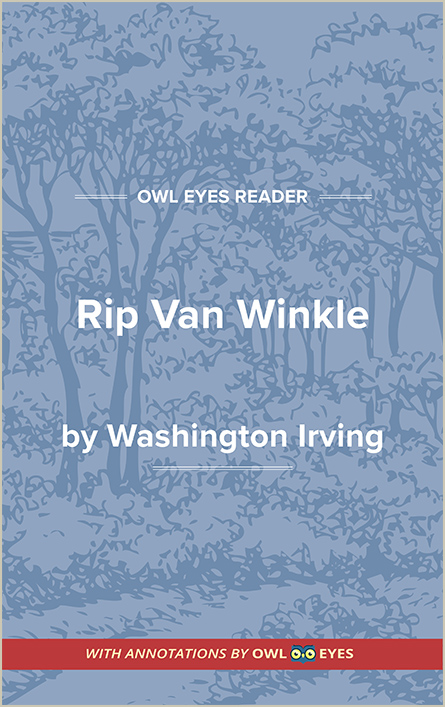Analysis Pages
Facts in Rip Van Winkle
Facts Examples in Rip Van Winkle:
Rip Van Winkle
🔒"the foot of Antony’s Nose..." See in text (Rip Van Winkle)
"the noise of the balls, which, whenever they were rolled, echoed along the mountains like rumbling peals of thunder..." See in text (Rip Van Winkle)
"galligaskins..." See in text (Rip Van Winkle)
"Indian corn..." See in text (Rip Van Winkle)
"flavor of excellent Hollands..." See in text (Rip Van Winkle)
"junto..." See in text (Rip Van Winkle)
"a Queen Anne’s farthing..." See in text (Rip Van Winkle)
"a Waterloo medal..." See in text (Rip Van Winkle)
"sugar-loaf hat..." See in text (Rip Van Winkle)
"sycamore..." See in text (Rip Van Winkle)

